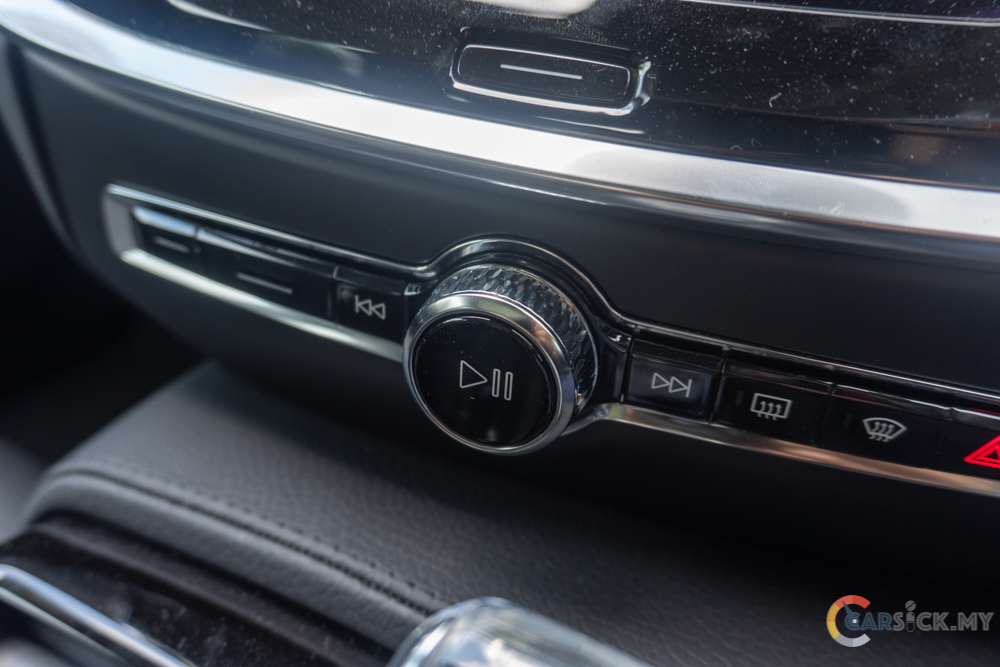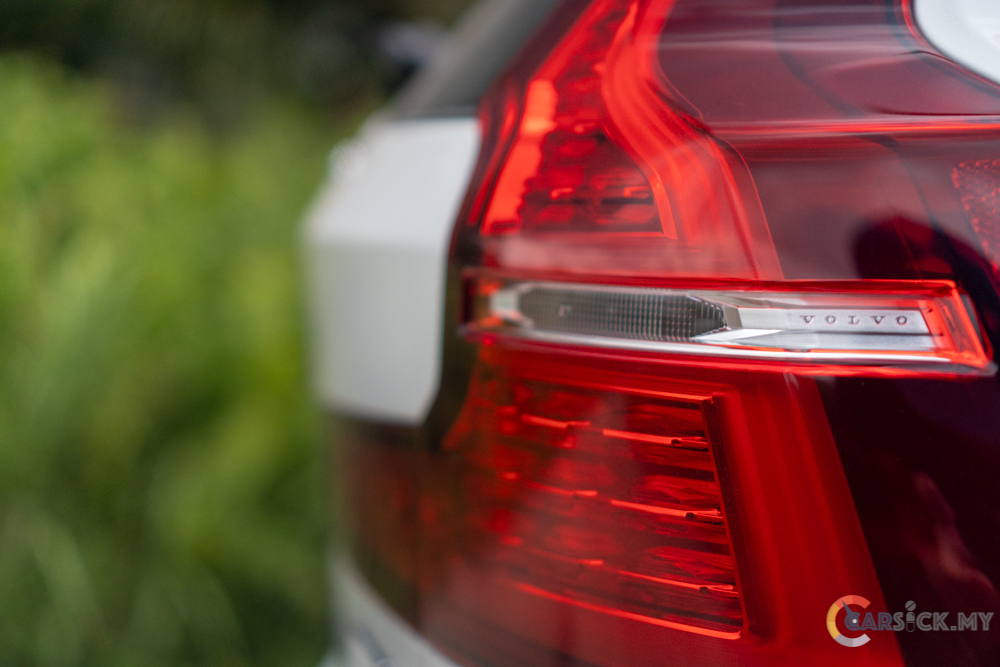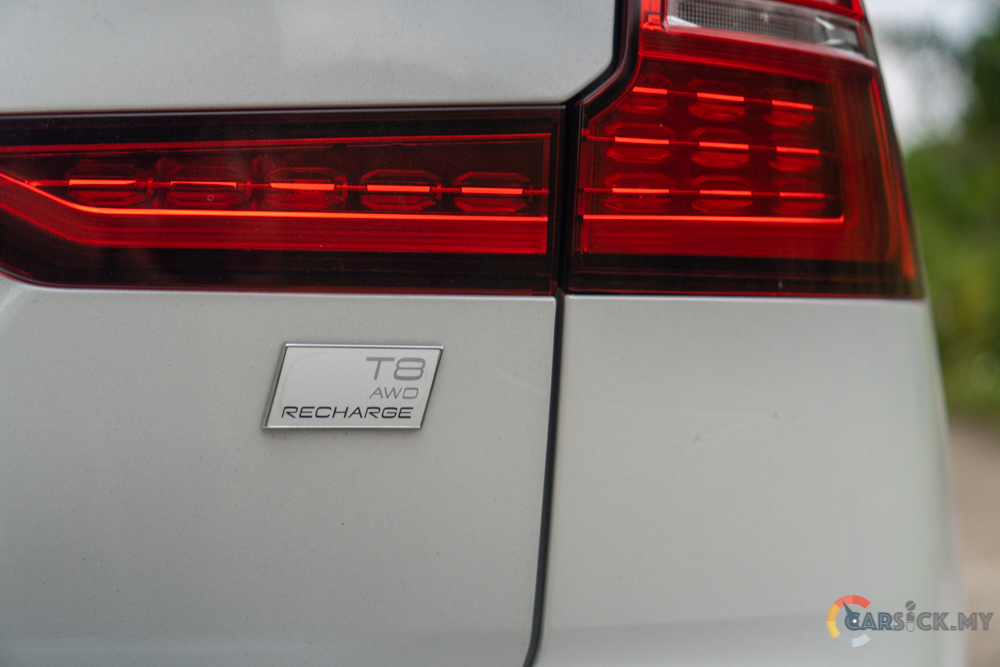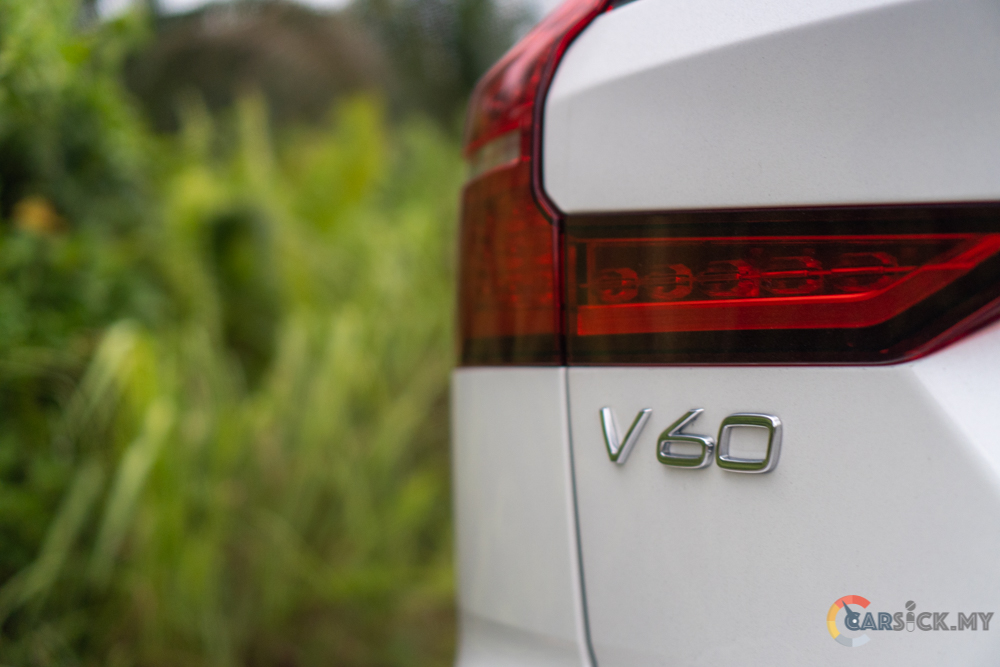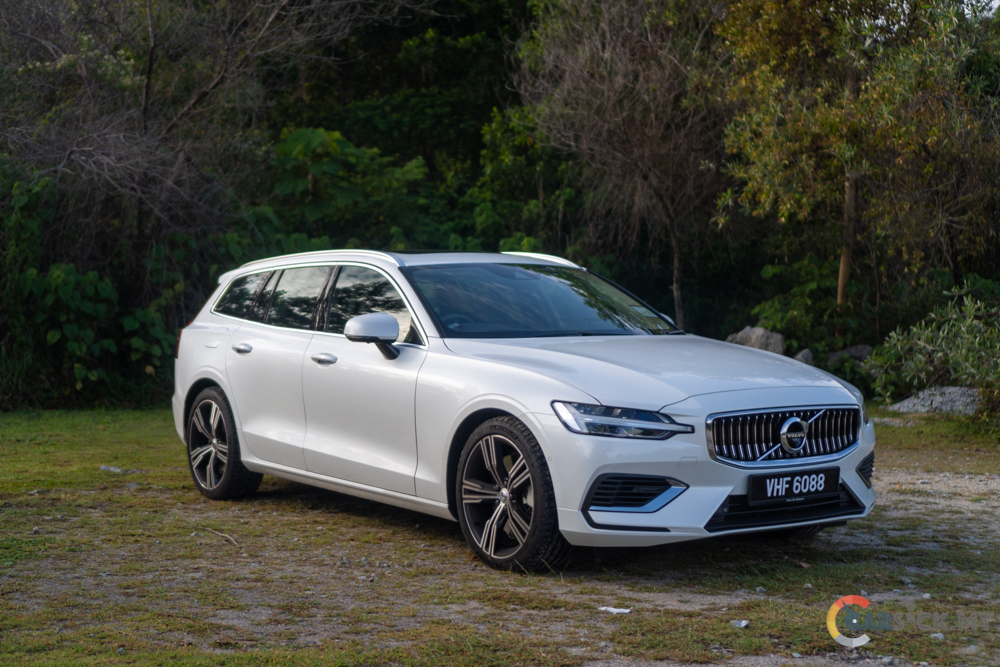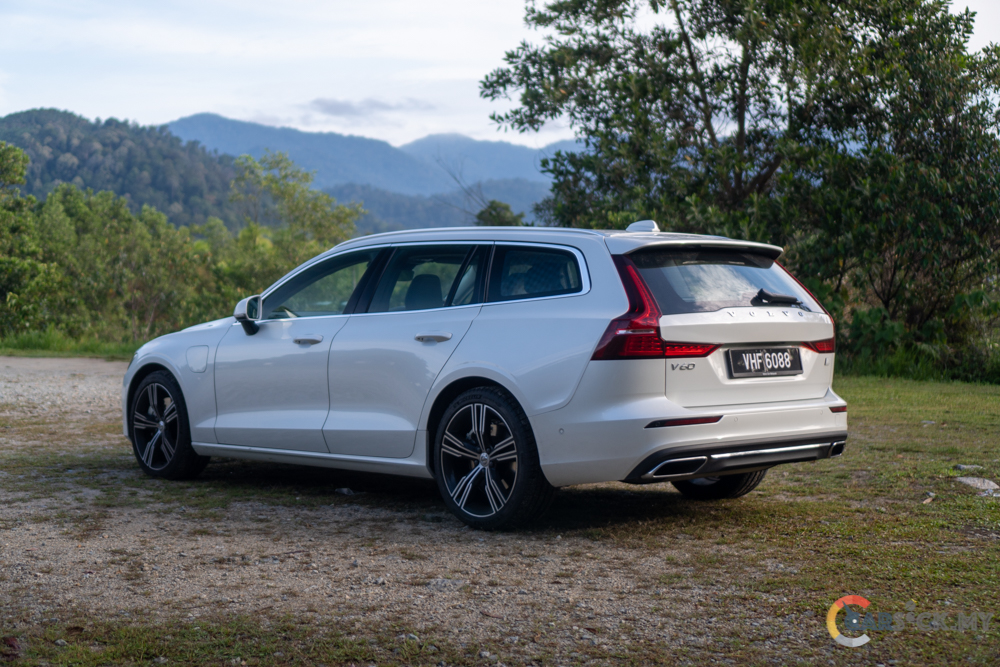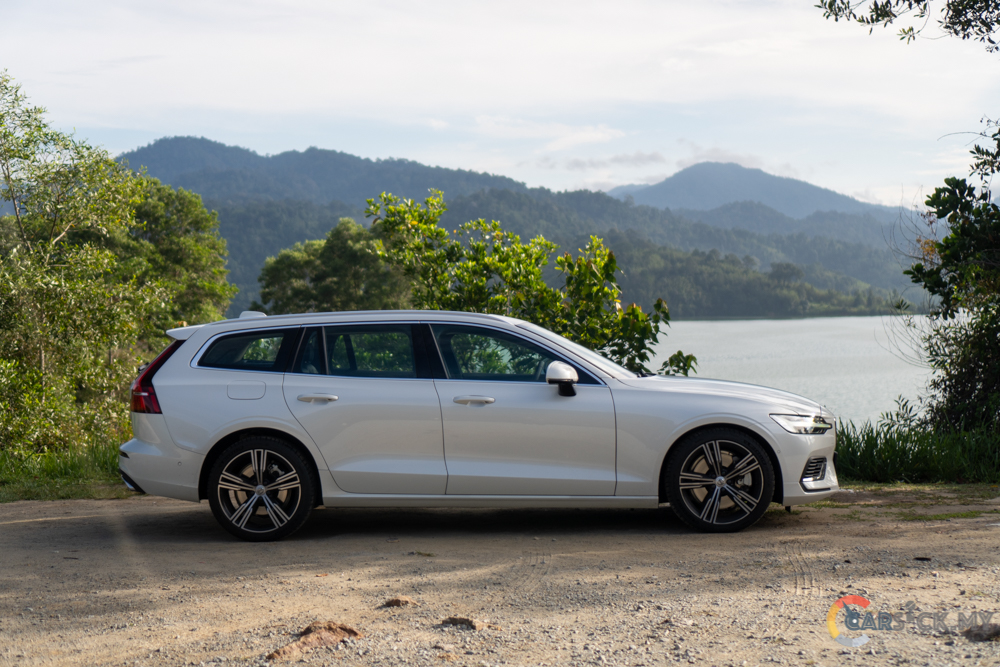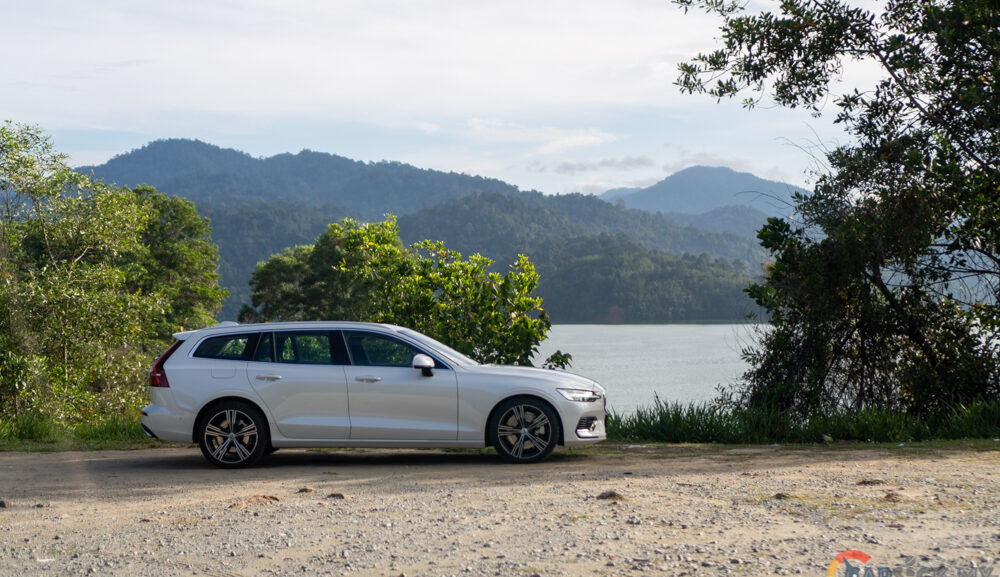In Malaysia, there are only a handful of automotive manufacturers that have a station wagon in their model line up. Just a quick introduction, station wagons are vehicles that started life as a sedan, and its cargo space has been engineered to carry even more items than a regular sedan. Recently, Volvo Cars Malaysia added the long awaited V60 station wagon into their model line up locally. This time around, I’ll be taking a closer look at the recently launched V60 to see what’s the advantage of living with a station wagon.
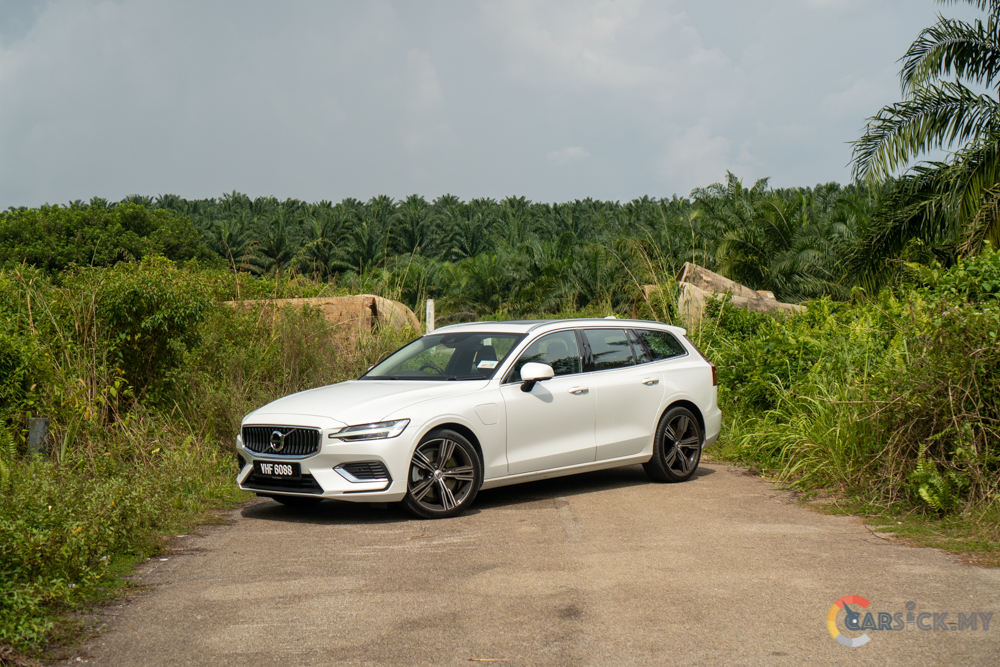
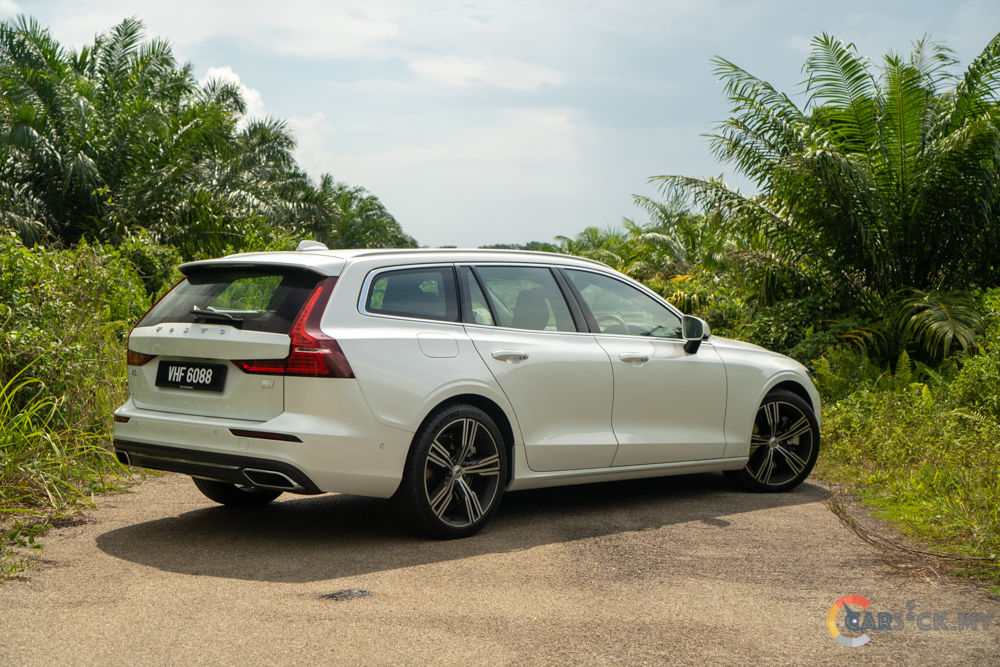 Just as I’ve mentioned in the introduction, the base of the V60 started life as the S60 sedan. Visually, the V60 may look longer than the S60, but according to the dimensions from Volvo, they are practically the same size. The similar looks between the S60 and the V60 starts from the front all the way to the B-pillar, after that, the V60 continues with the station wagon look at the rear.
Just as I’ve mentioned in the introduction, the base of the V60 started life as the S60 sedan. Visually, the V60 may look longer than the S60, but according to the dimensions from Volvo, they are practically the same size. The similar looks between the S60 and the V60 starts from the front all the way to the B-pillar, after that, the V60 continues with the station wagon look at the rear. 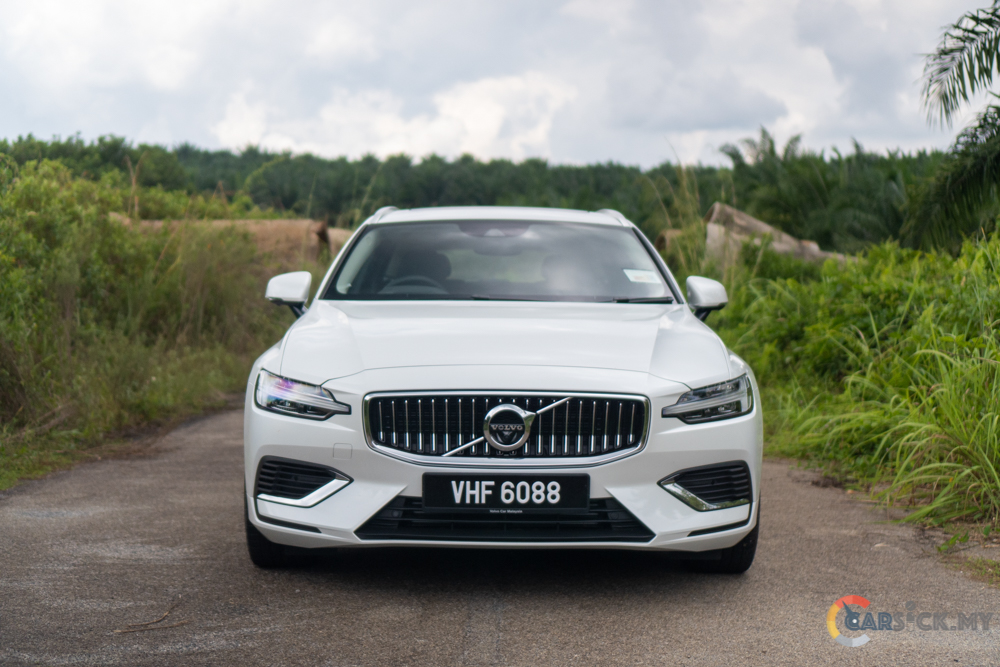
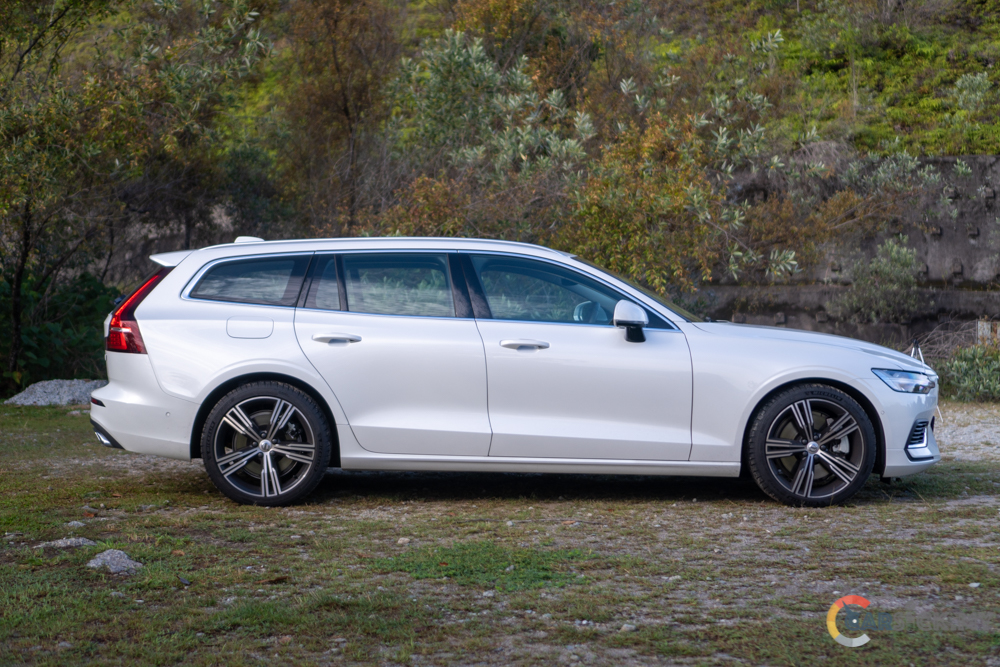
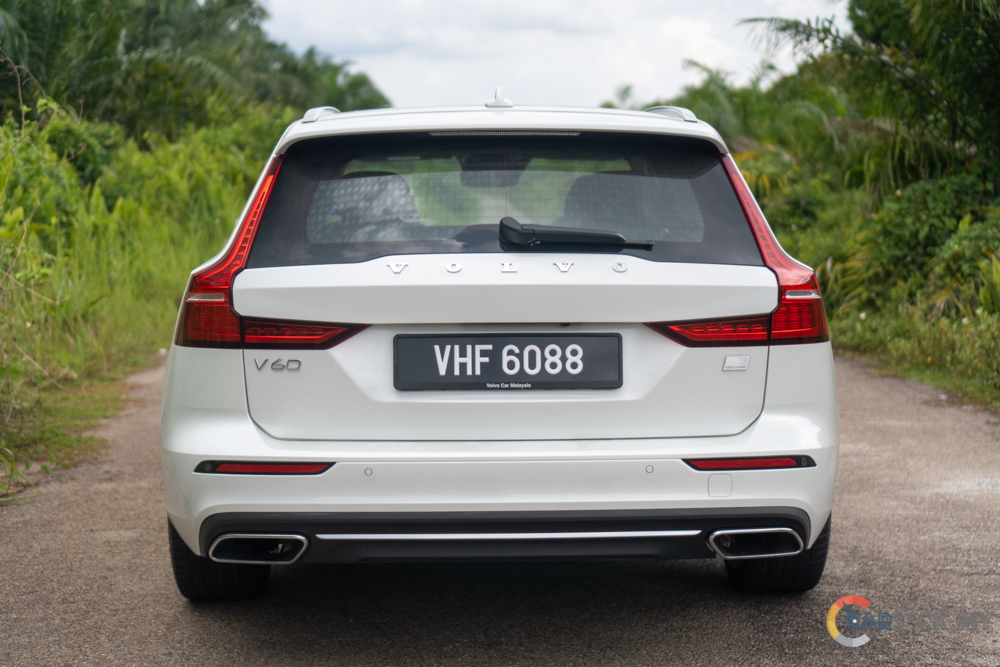
In order to maintain its family look, the rear of the V60 took styling cues from the XC60, which blends in well with the station wagon overall design. The end result is that the V60 is a decent looking station wagon that still manages to maintain the sporty and sleek look of the S60. 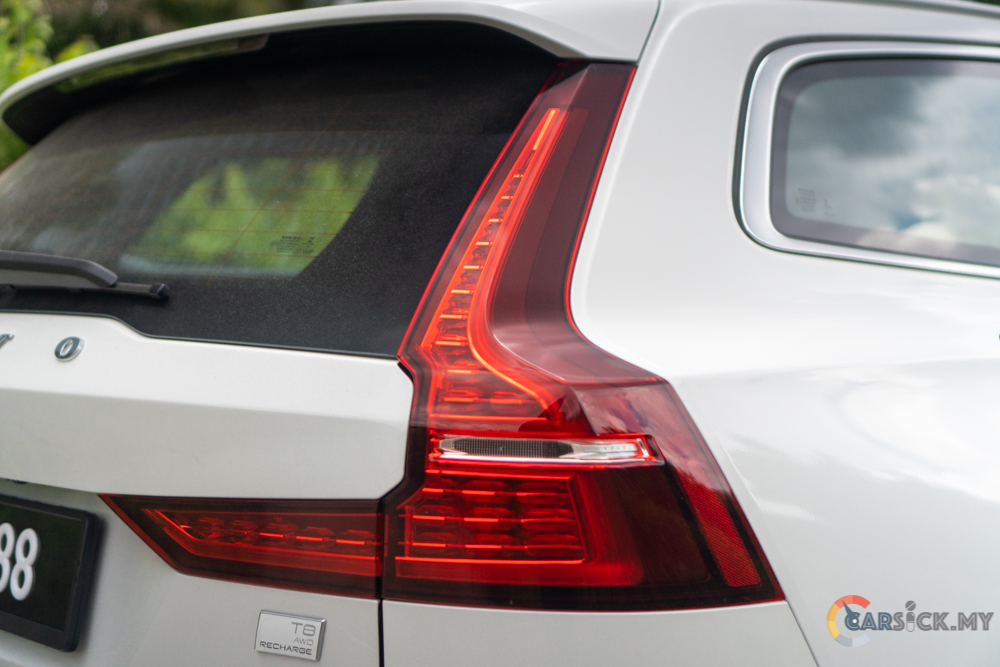
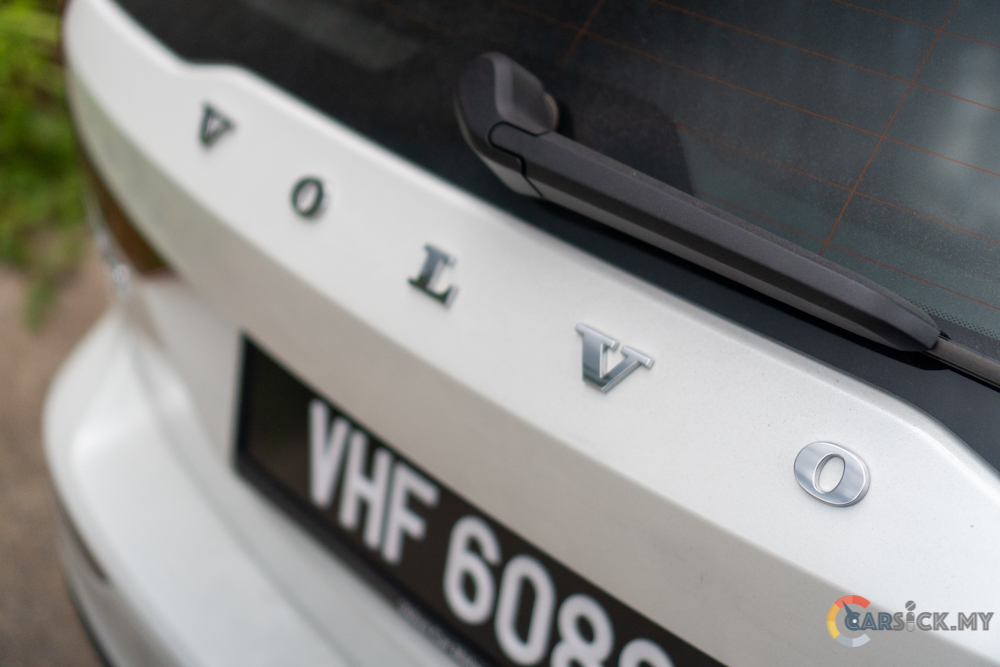
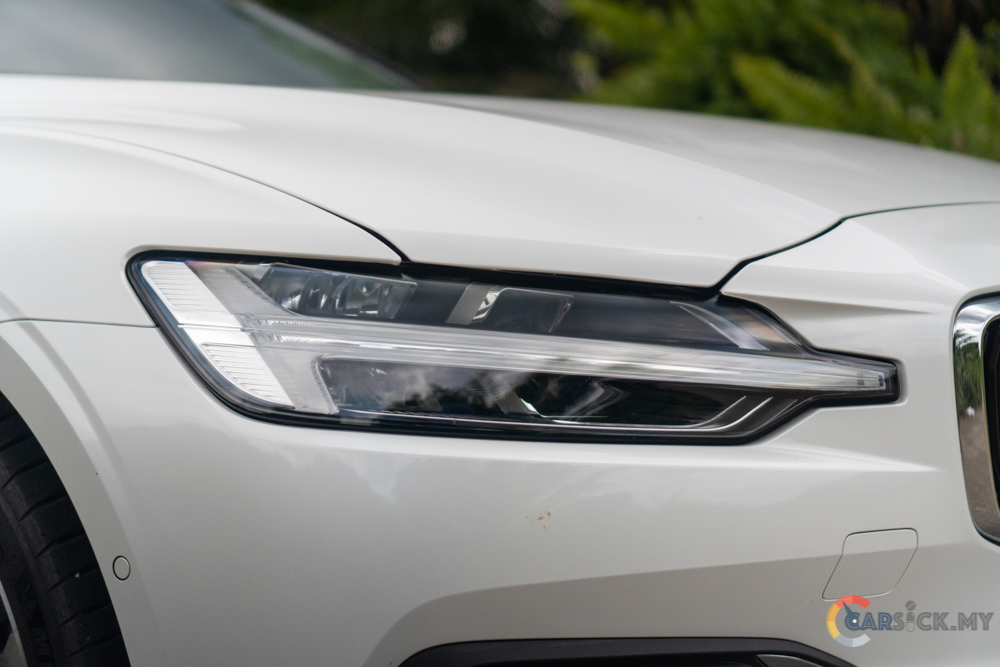
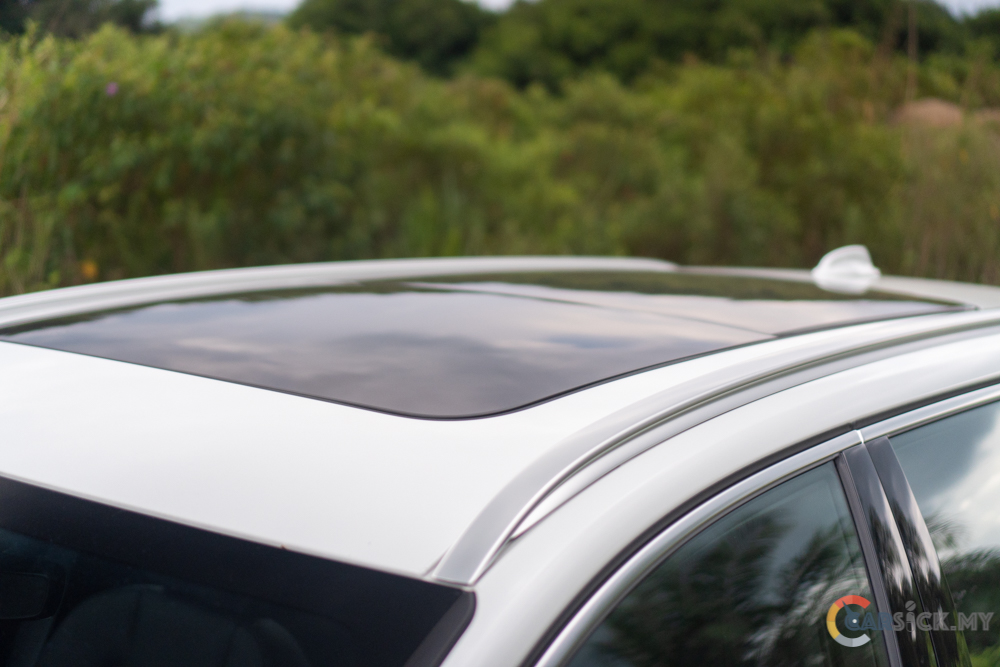
For the interior, the V60 comes with an interior that can be found on all modern day Volvos. In the previously tested XC60, It has been updated with the latest Android automotive operating system, but this V60 is still running the older Volvo operating system. The older operating system may not be as connected as the latest Android Automotive system, but it is definitely much easier for Volvo owners to navigate since it’s a familiar system. This older system still features wired Android Auto and Apple Carplay to keep the driver connected when needed. 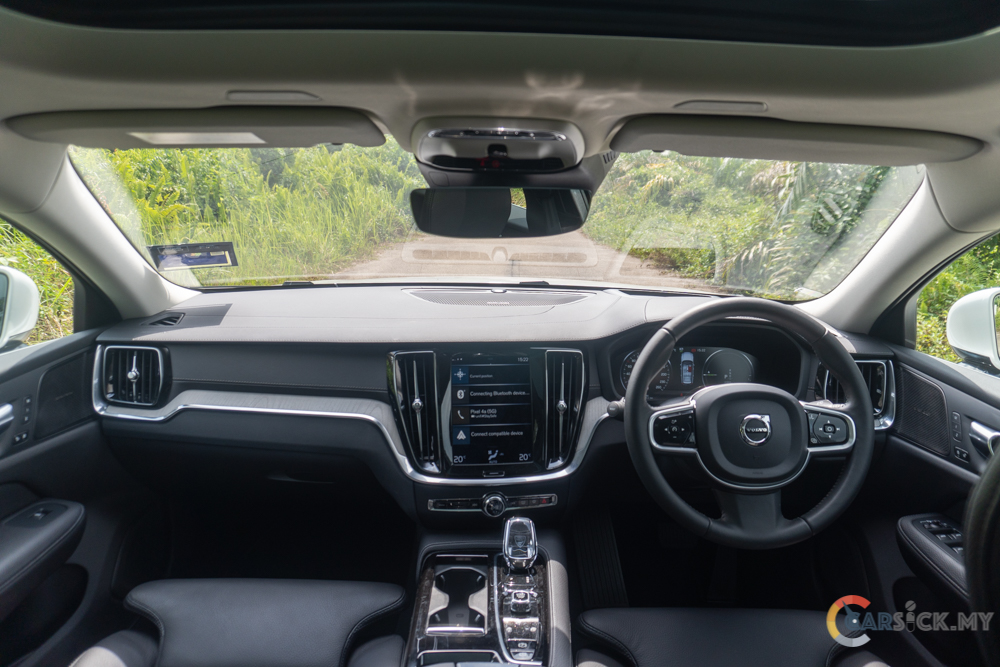
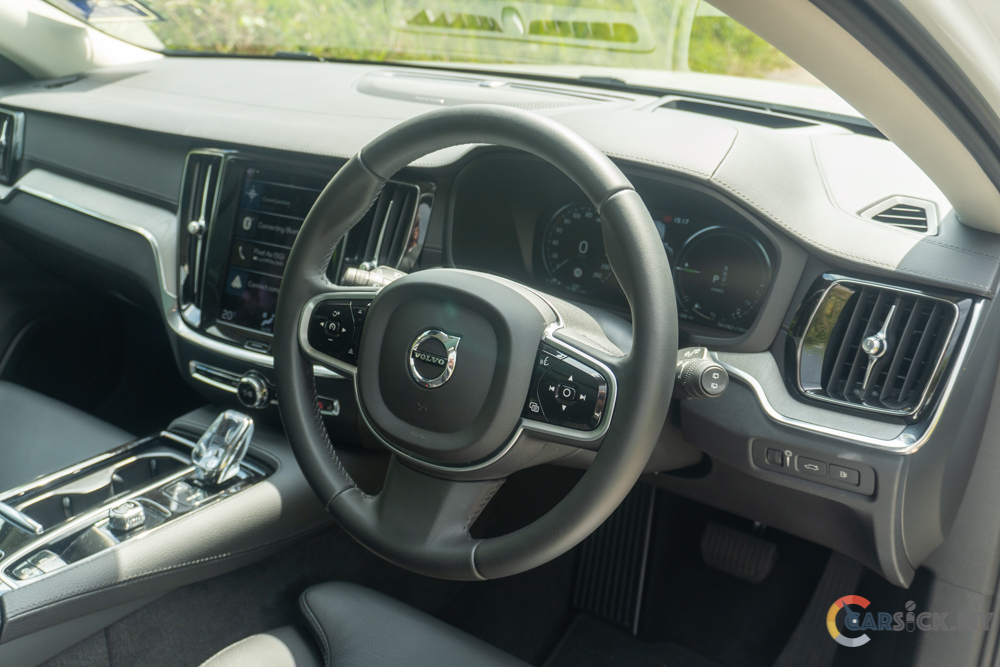
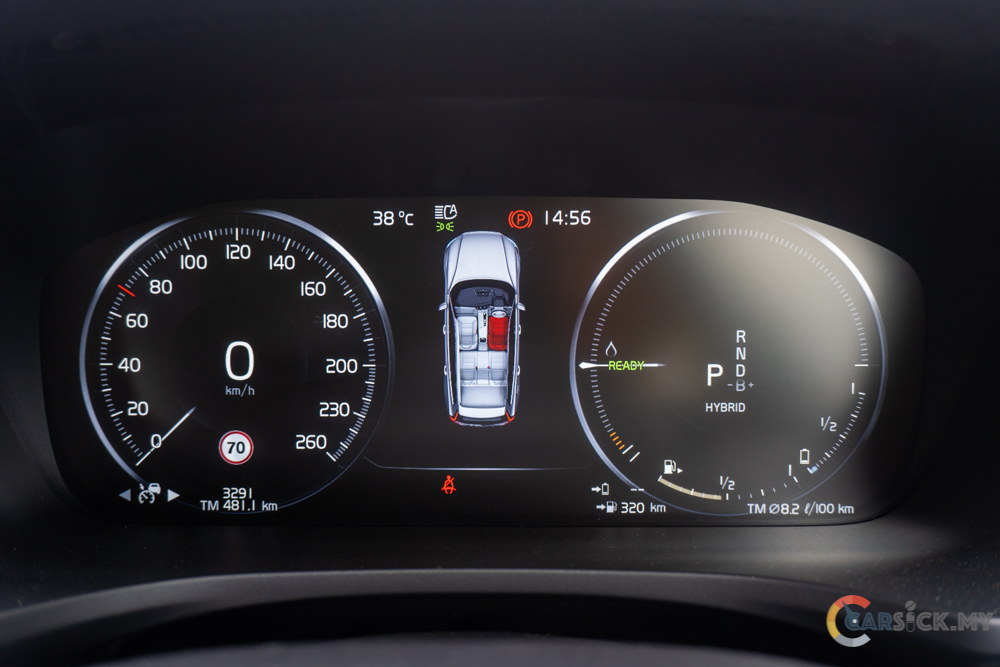
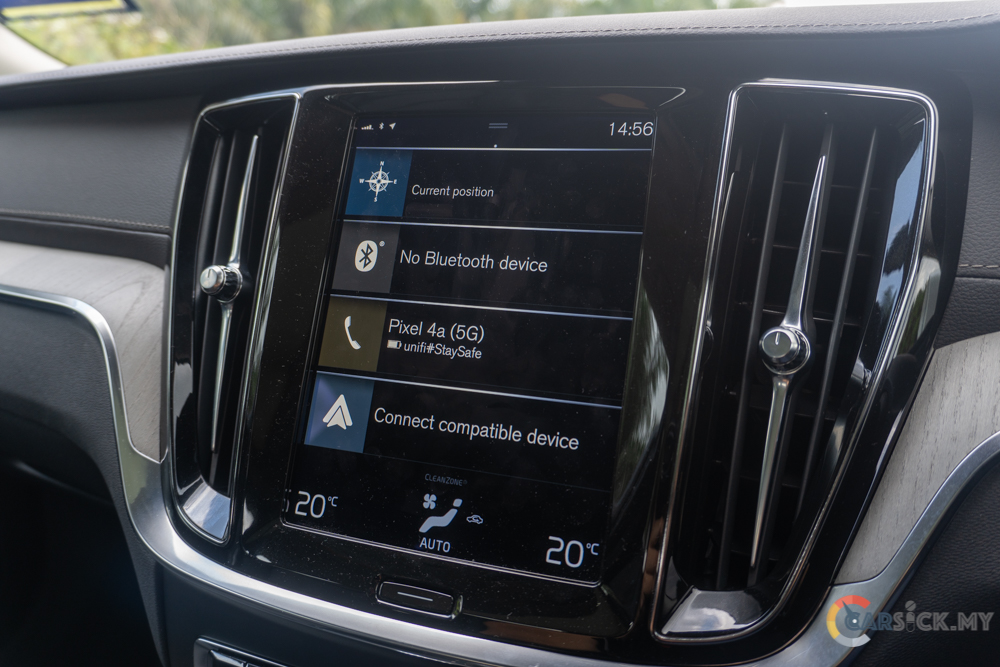
The V60 may not get the Bowers and Wilkins premium sound system, but Volvo still equips the station wagon with a 14-speaker 600 Watts Harmon Kardon sound system which provides good sound quality. Other than that, the materials used on the dashboard are top notch as expected from a Volvo. To give it a touch of class, the V60 is also fitted with open pore wood trimmings and Orefors crystal gear lever. 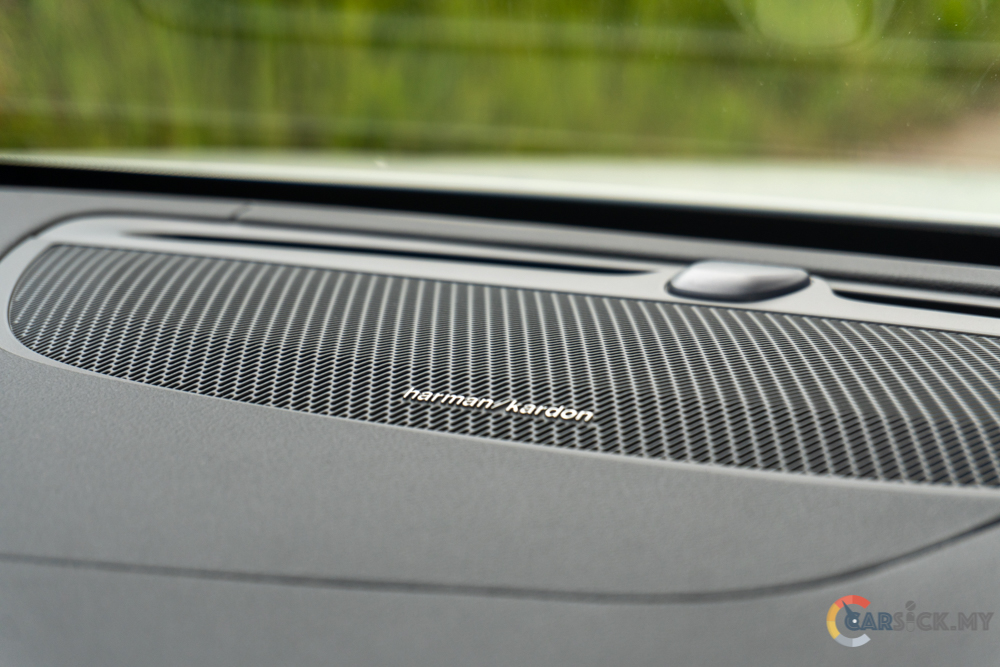
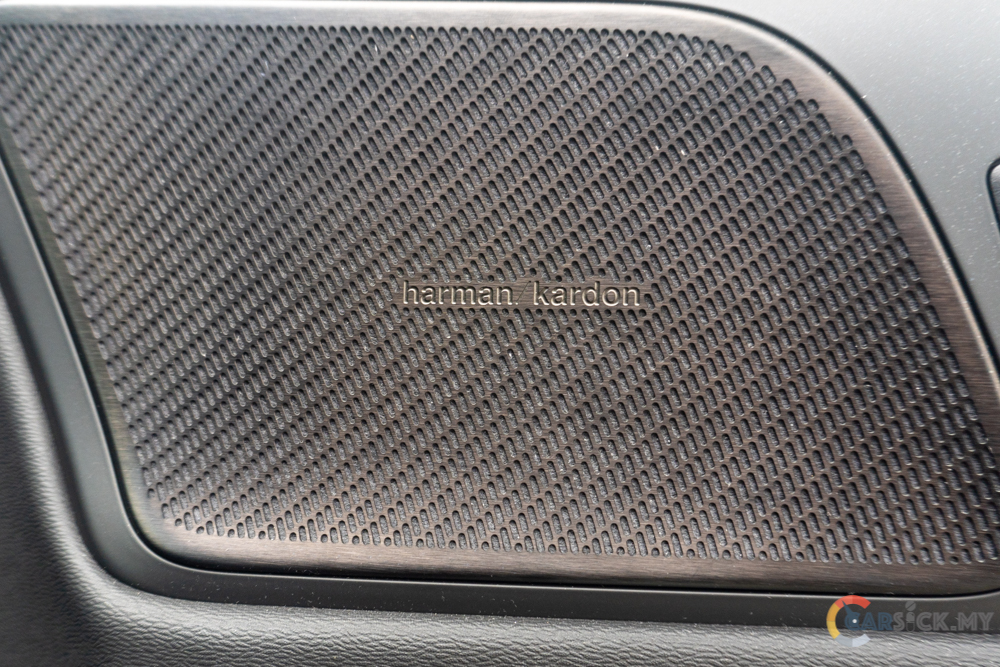
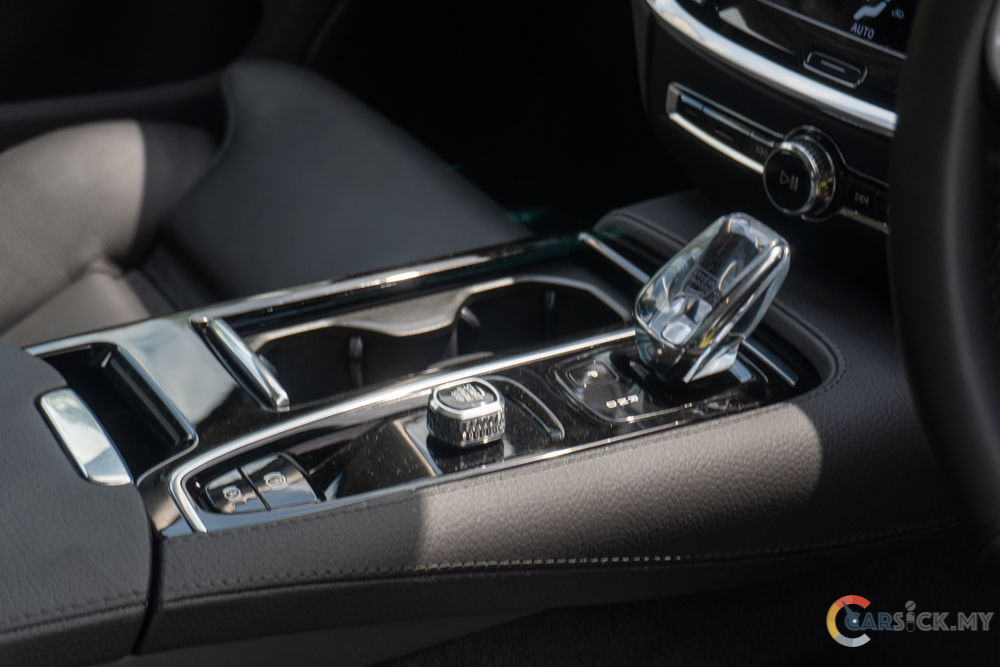
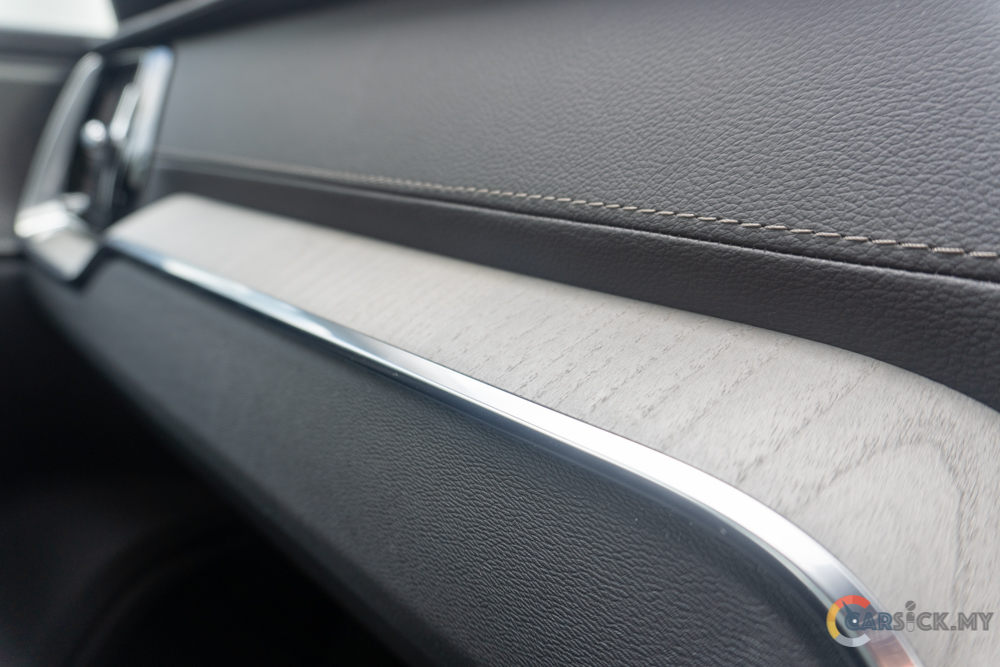
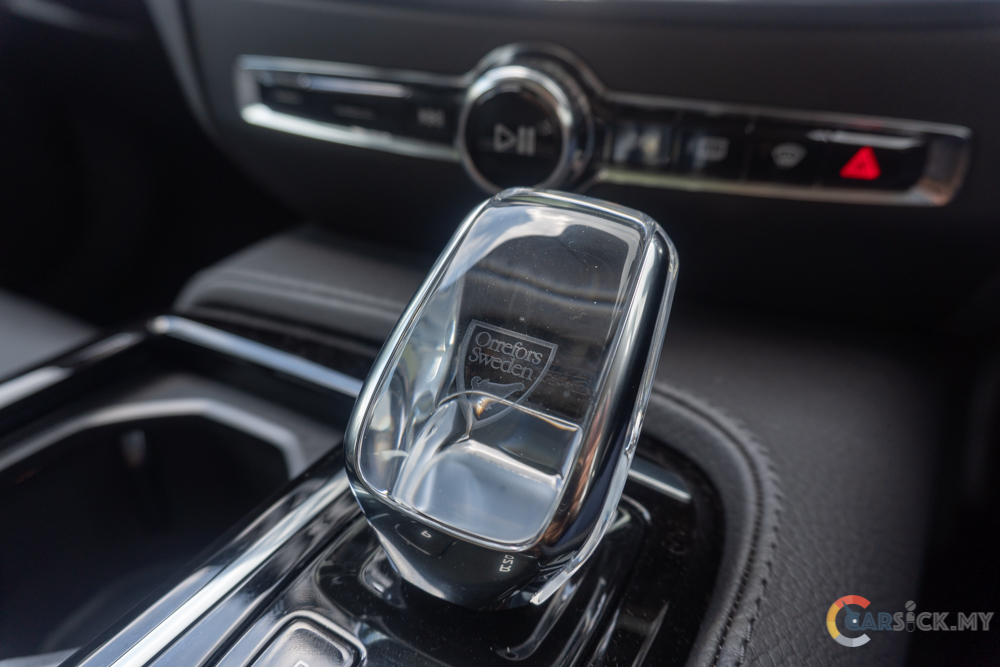
As for the seats, comfort is the top priority in the V60, and the seats in the station wagon deliver. The seats are as comfortable as every modern day Volvo, which is contributed by the shared seat design across the range of different Volvo models. The main selling point for the V60 is the huge 519L of boot space the station wagon provides. The boot space is equivalent to a SUV, and it can be extended by folding down the rear seats to create a flat floor to load longer items. 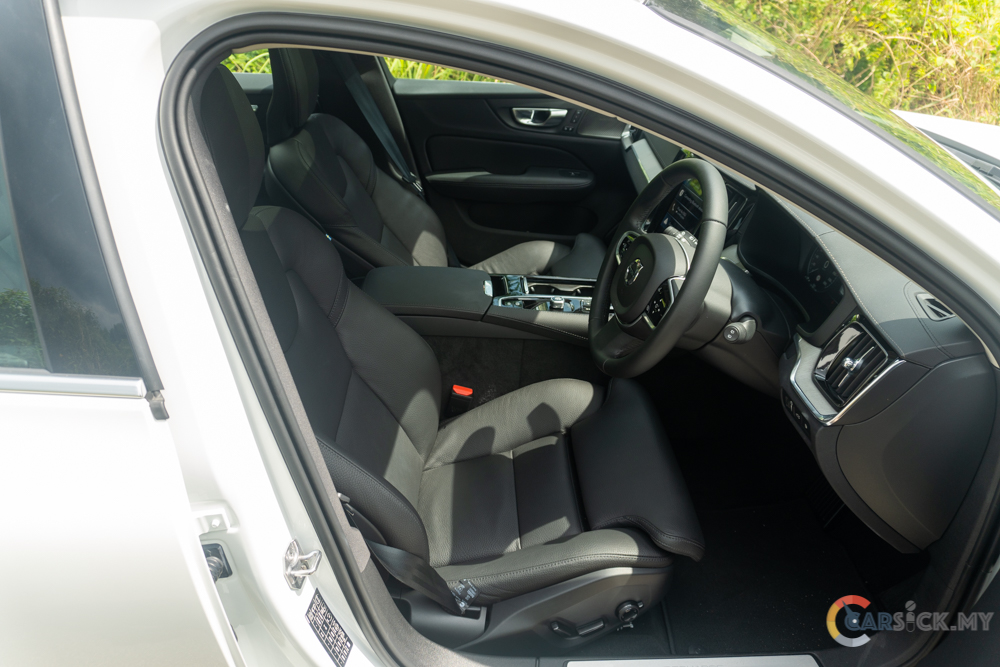
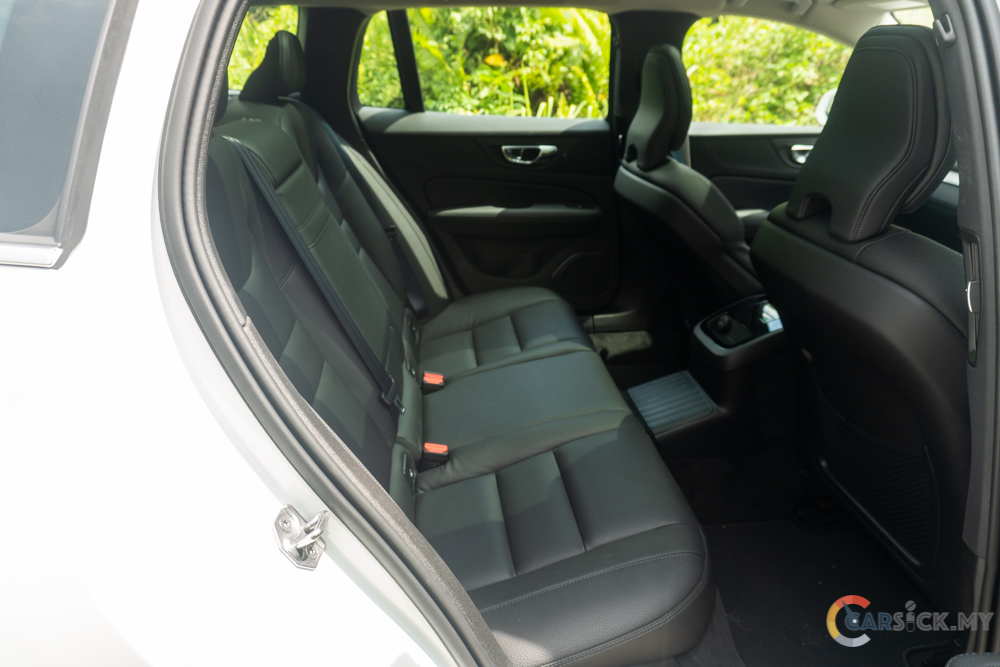
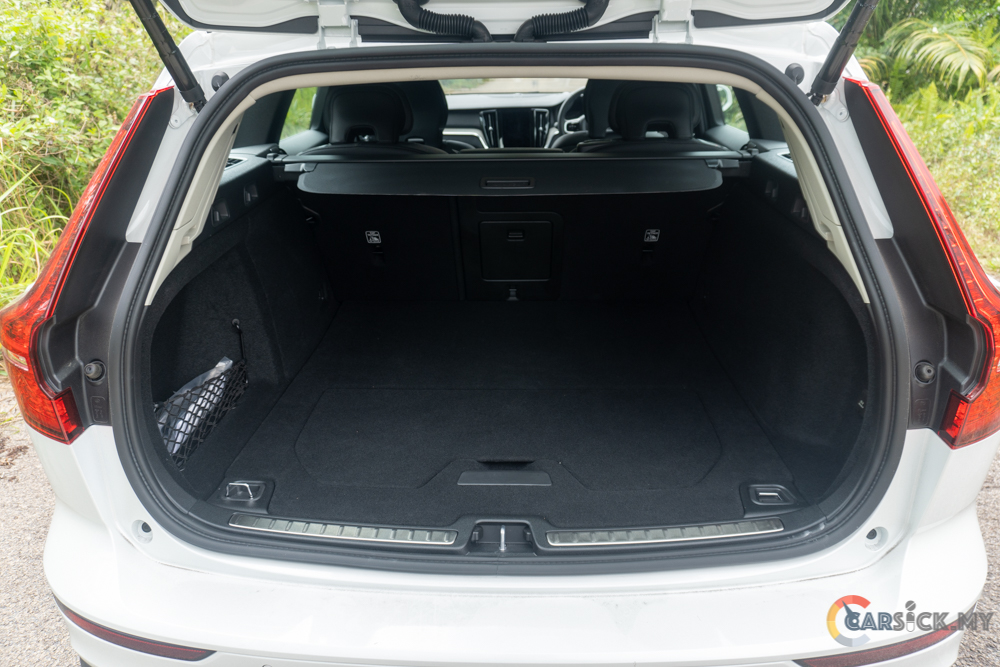
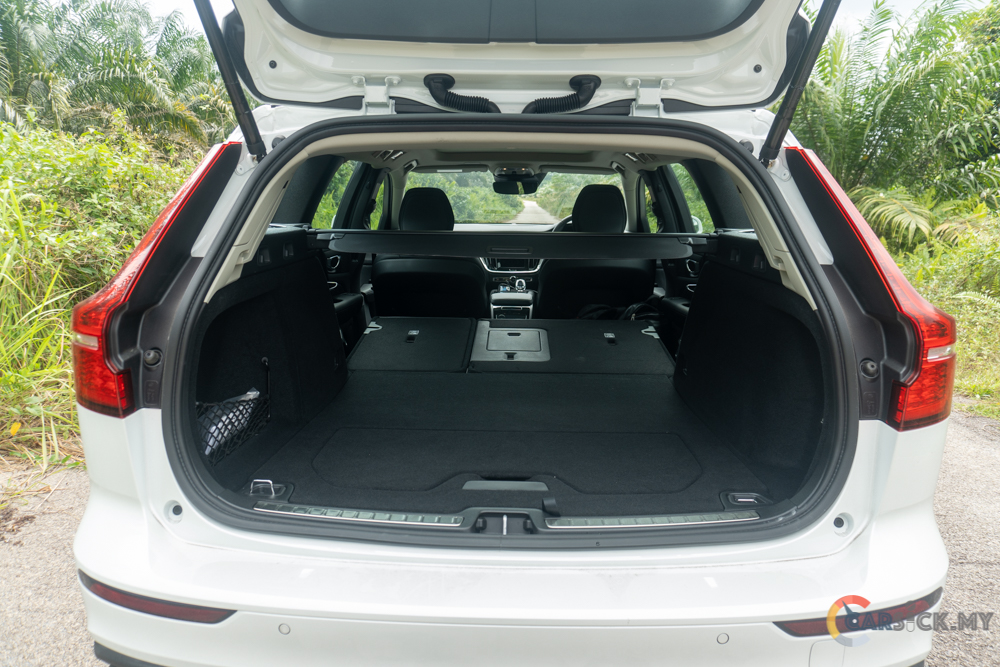
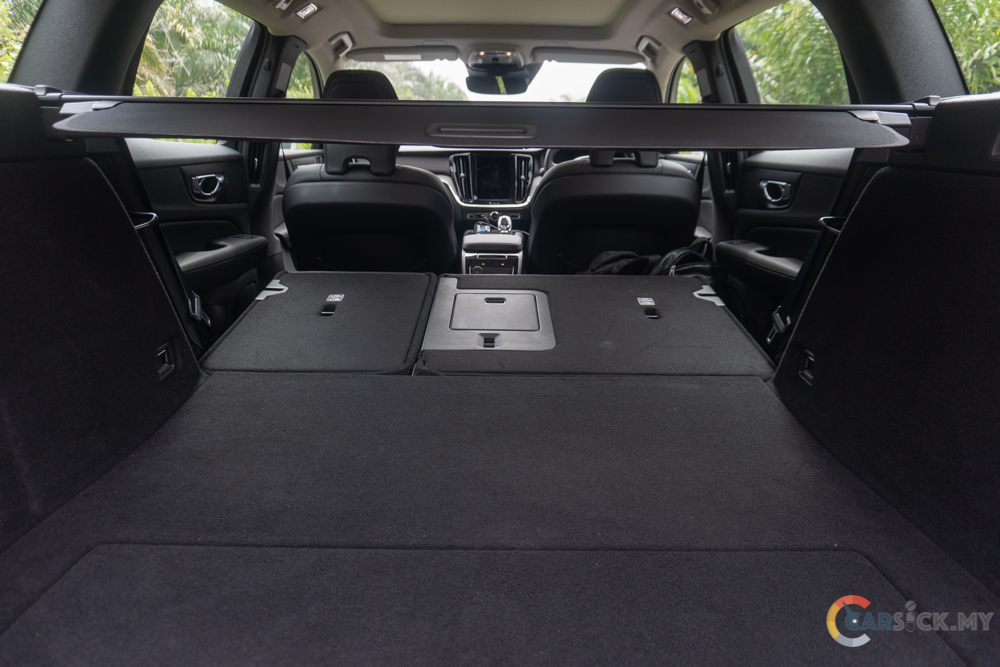
Powering the V60 is the familiar T8 hybrid powertrain and 8-speed automatic transmission, which Volvo also uses it on a wide variety of their vehicles. The T8 powertrain consists of a turbocharged and supercharged 2.0L 4 cylinder engine and an electric motor to drive the front wheels, while a pair of electric motors driving the rear wheels to create an all-wheel-drive vehicle. This T8 powertrain has the ability to produce 407PS and 640Nm that will help the V60 to accelerate from 0-100km/h in 4.4 seconds. Even with such outstanding performance, the V60 has a limited top speed of 180 km/h in order to keep the occupants safe. 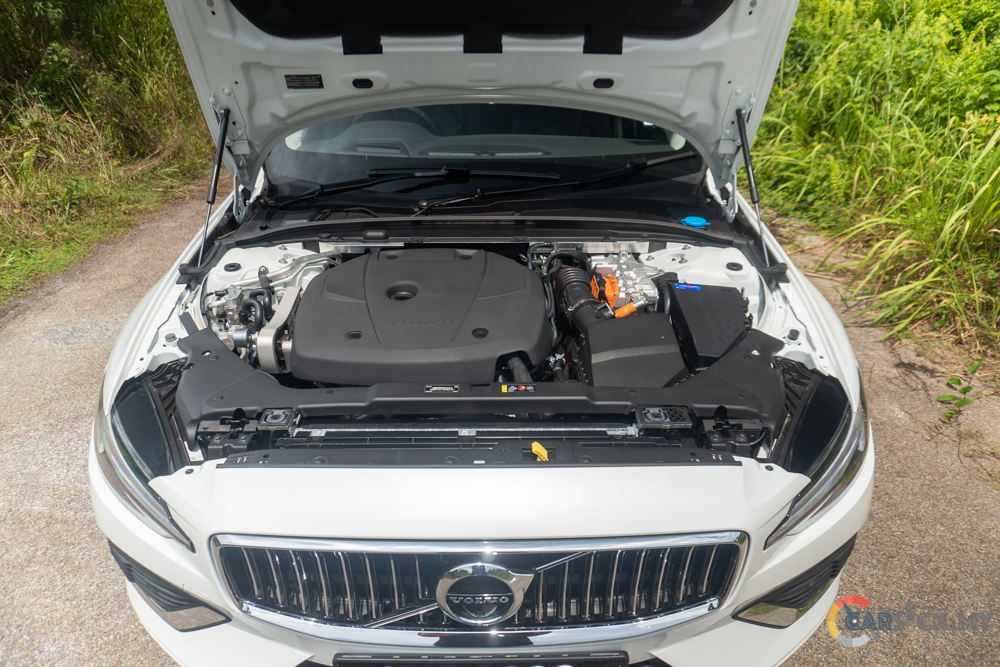
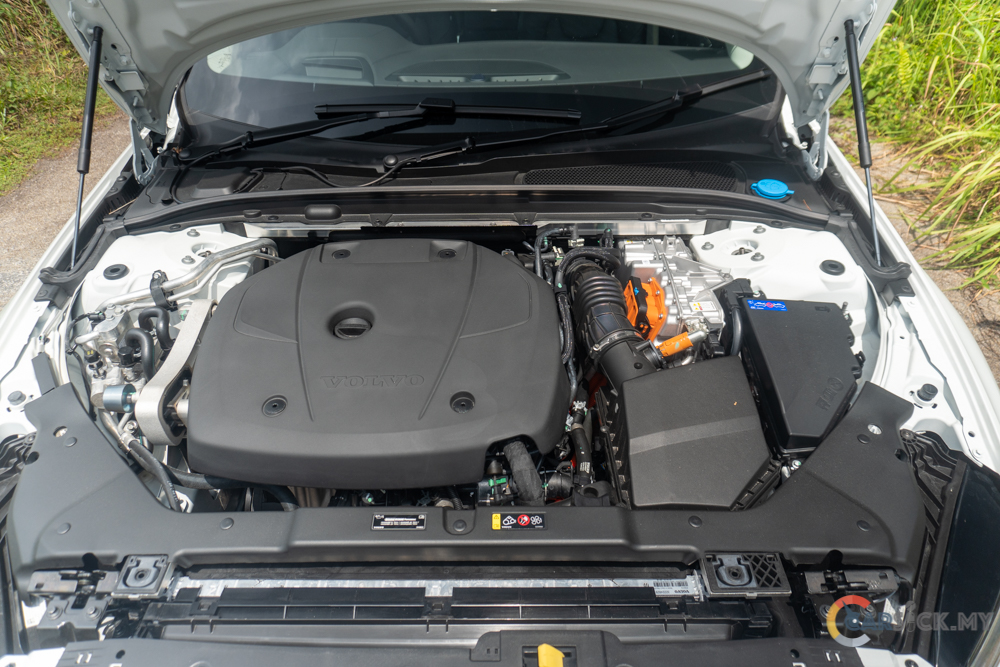
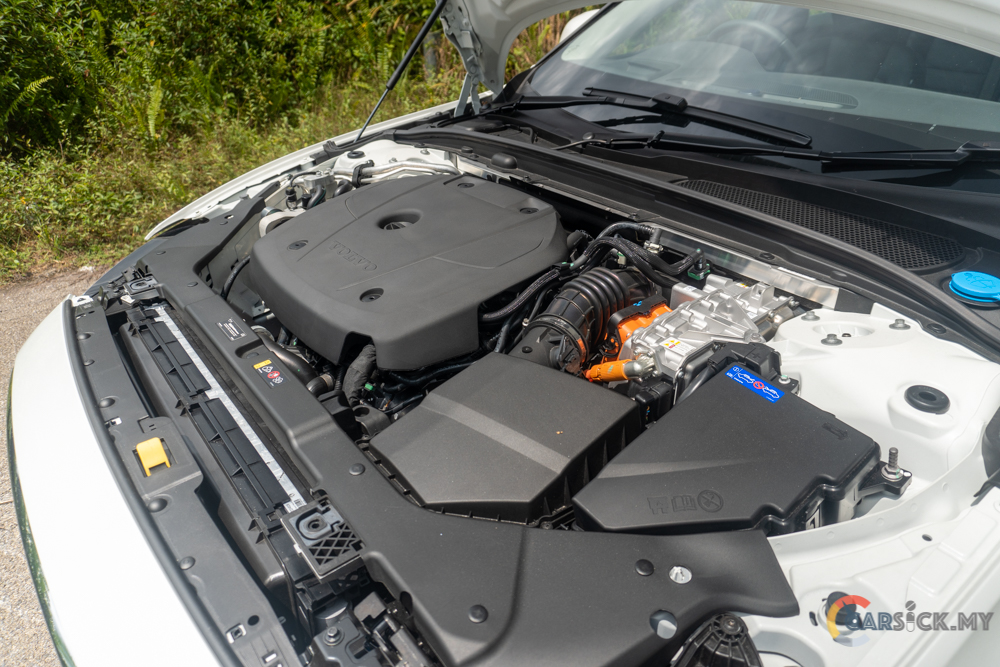
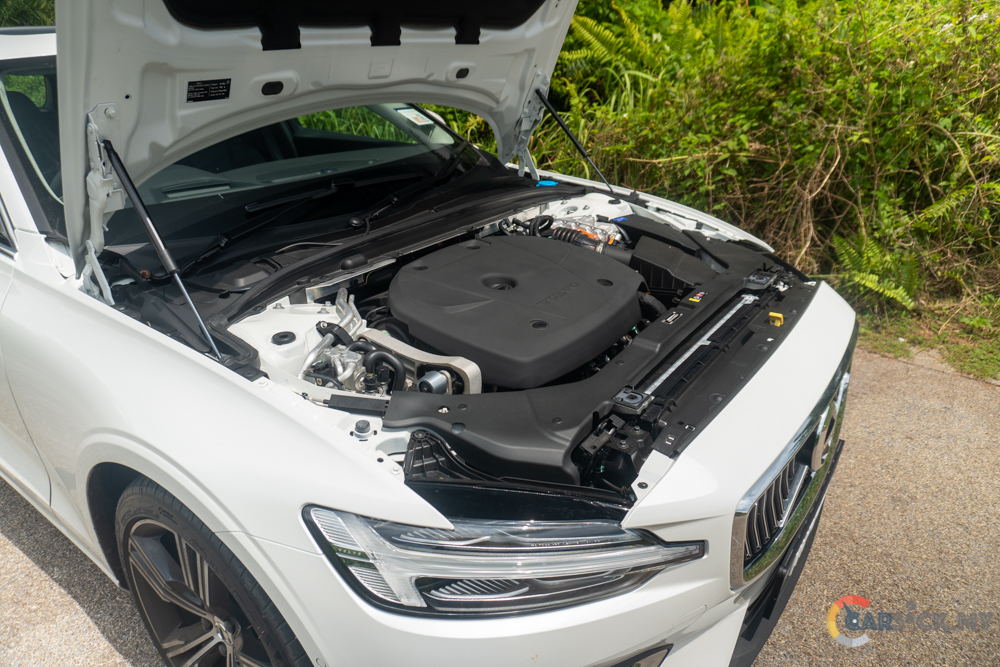
The T8 powertrain feels very familiar to those who have experienced this powertrain before, where the electric motor works well with the internal combustion engine to provide strong performance. Based on Volvo’s specification, the V60 is expected to get 49km of range on pure electric alone, but my real world testing only returns me about 40km on a full charge. Other than that, the whole powertrain is smooth and it helps to keep the cabin as calm as possible.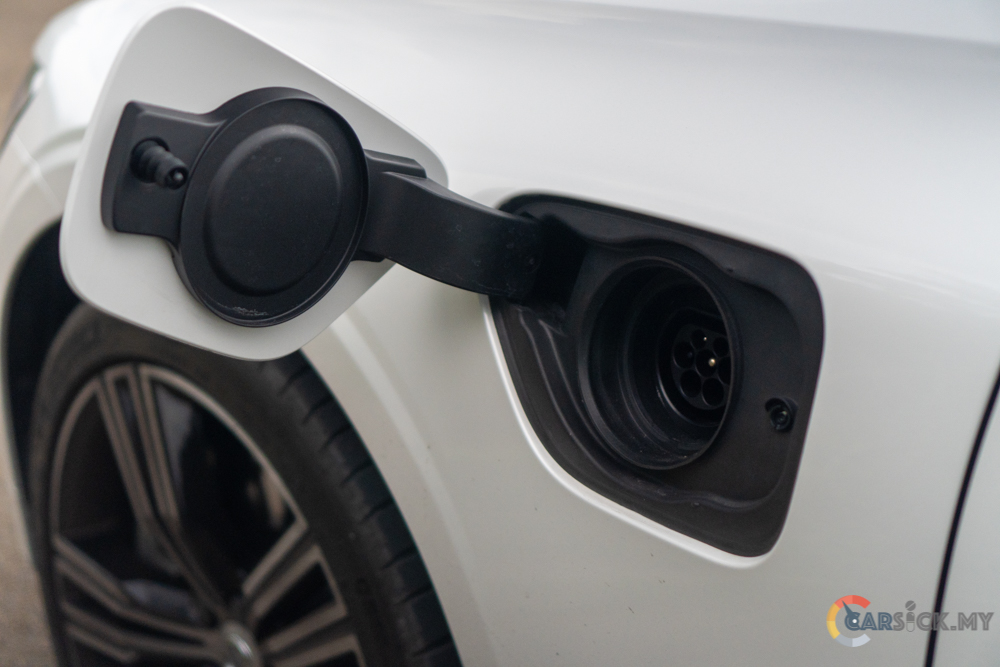
While the power train is smooth, I find the suspension on the V60 is on the confusing side. When going over bumps and uneven roads, the suspension felt stiff, which is meant to handle the weight of the vehicle. On the other hand, when cornering, the transfer of weight made the suspension feel soft, and the body roll is also more obvious in the corners. When coming out of a corner, the all-wheel-drive system does a good job in pulling the car out of corners in a confident manner. 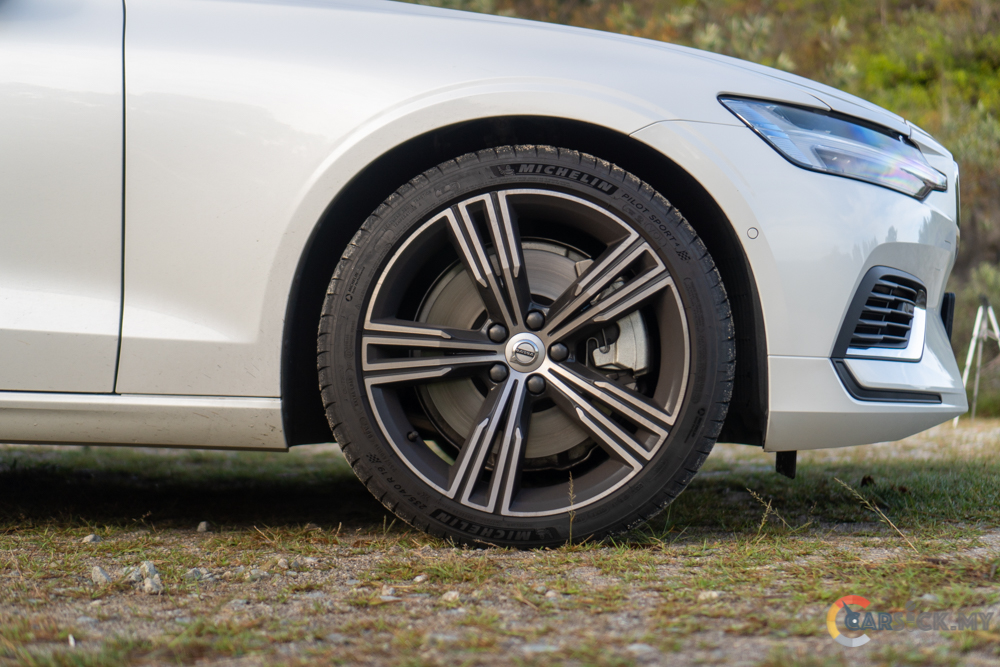
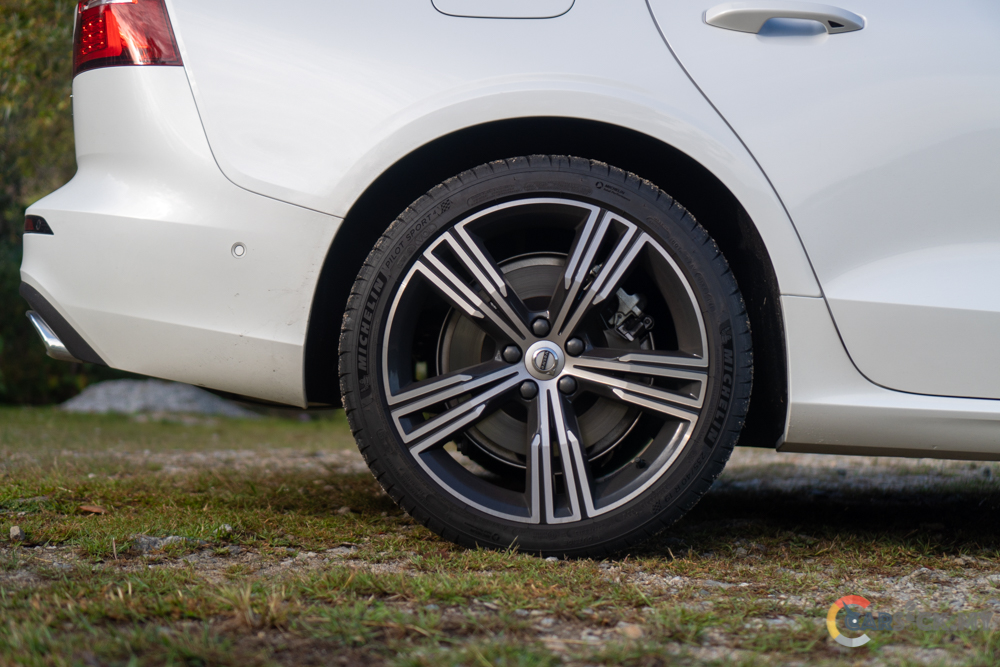
The brakes on the V60 have very strong braking performance, and it has the capability to bring the car to a standstill in an instance. Safety wise, all Volvo models are equipped with a whole host of advanced driver assistance systems, and these systems are also available on the V60. For the regular safety system, the V60 comes with 7 airbags, Anti-lock Brake System (ABS), Emergency Brake Assist (EBA), Hill Start Assist (HSA), Electronic Brakeforce Distribution (EBD), Electronic Stability Control (ESC), Pre-Prepared Restraints (PRS), Run-Off Road Protection, Whiplash Protection System (WHIPS) for Front Seats, and Post-Collision Auto Braking & Unlocking.
As for the Advanced Driver Assistance Systems (ADAS), the V60 is equipped with City Safety – Collision Avoidance & Mitigation with Intersection, Support Pedestrian, Cyclist & Large Animal Detection, City Safety with Steering Support and Braking, Front & Rear Collision Warning & Mitigation Support, Driver Alert Control (DAC), Lane Keeping Aid (LKA), Run-Off Road Mitigation with Road Edge Detection, Oncoming Lane Mitigation, Blind Spot Information System (BLIS) with Steer Assist, and Cross Traffic Alert (CTA) with Auto Brake.
To conclude, I think that the V60 is a great choice for those who wanted a practical vehicle but didn’t want a SUV. Priced at RM 286,910, I do think that you get quite a lot of car for the money, especially when you consider that the V60 is as practical as a SUV, but with the driving dynamics of a sedan.
Check out full photo album here. 